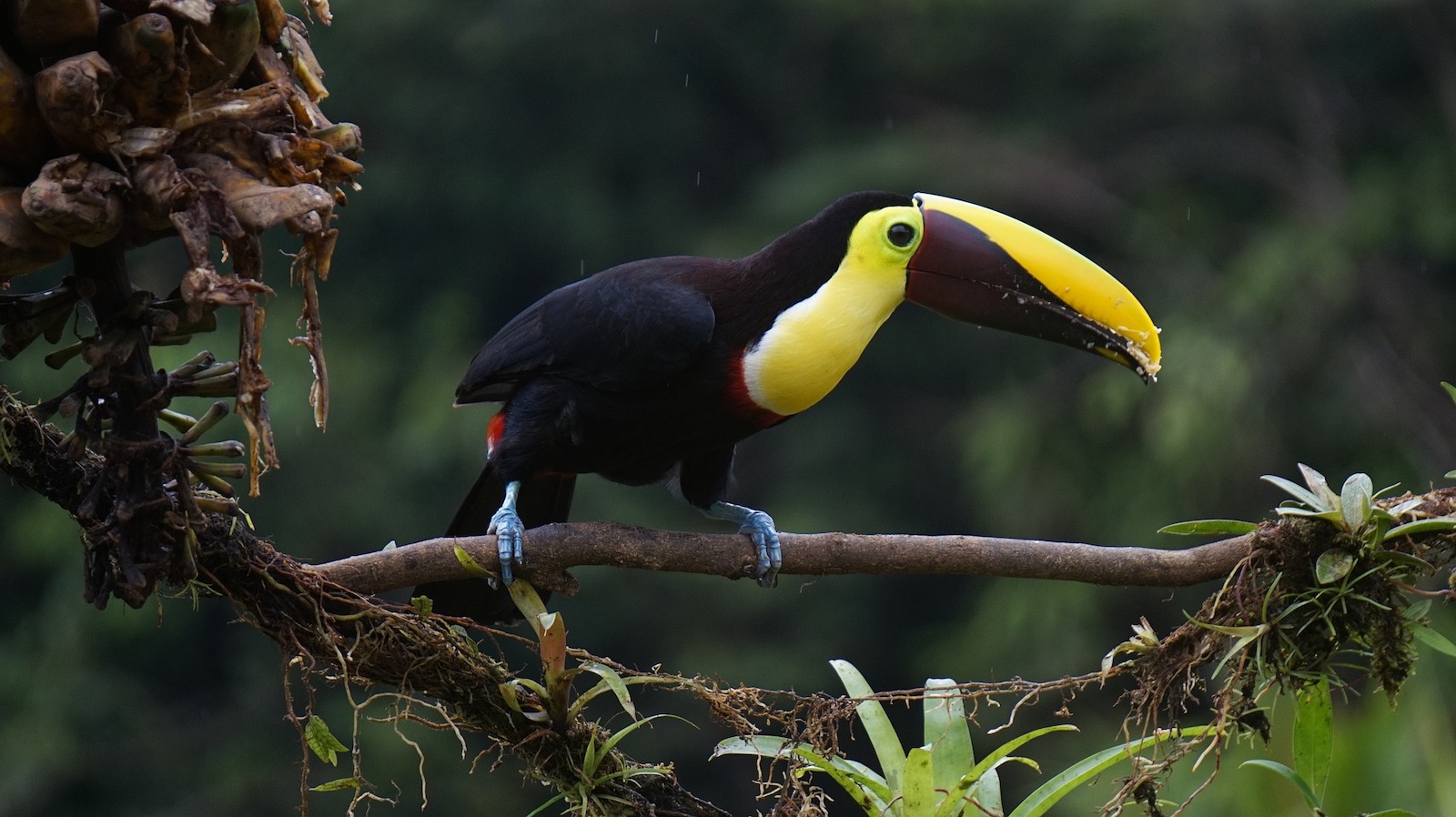South Africans, indulge in a moment of national pride: ZA is ranked as the third most biodiverse country in the world! It comes in after Indonesia in second place, and Brazil, which takes the gold medal in the category. The land of biltong, Ouma rusks, the Vuvuzela, and Walkie-Talkies (not the two-way radio kind) is also one of the planet’s megadiverse countries, meaning it has at least 5000 species of endemic plants and borders marine ecosystems. Not only is South Africa considered megadiverse, it is ranked third in the world.
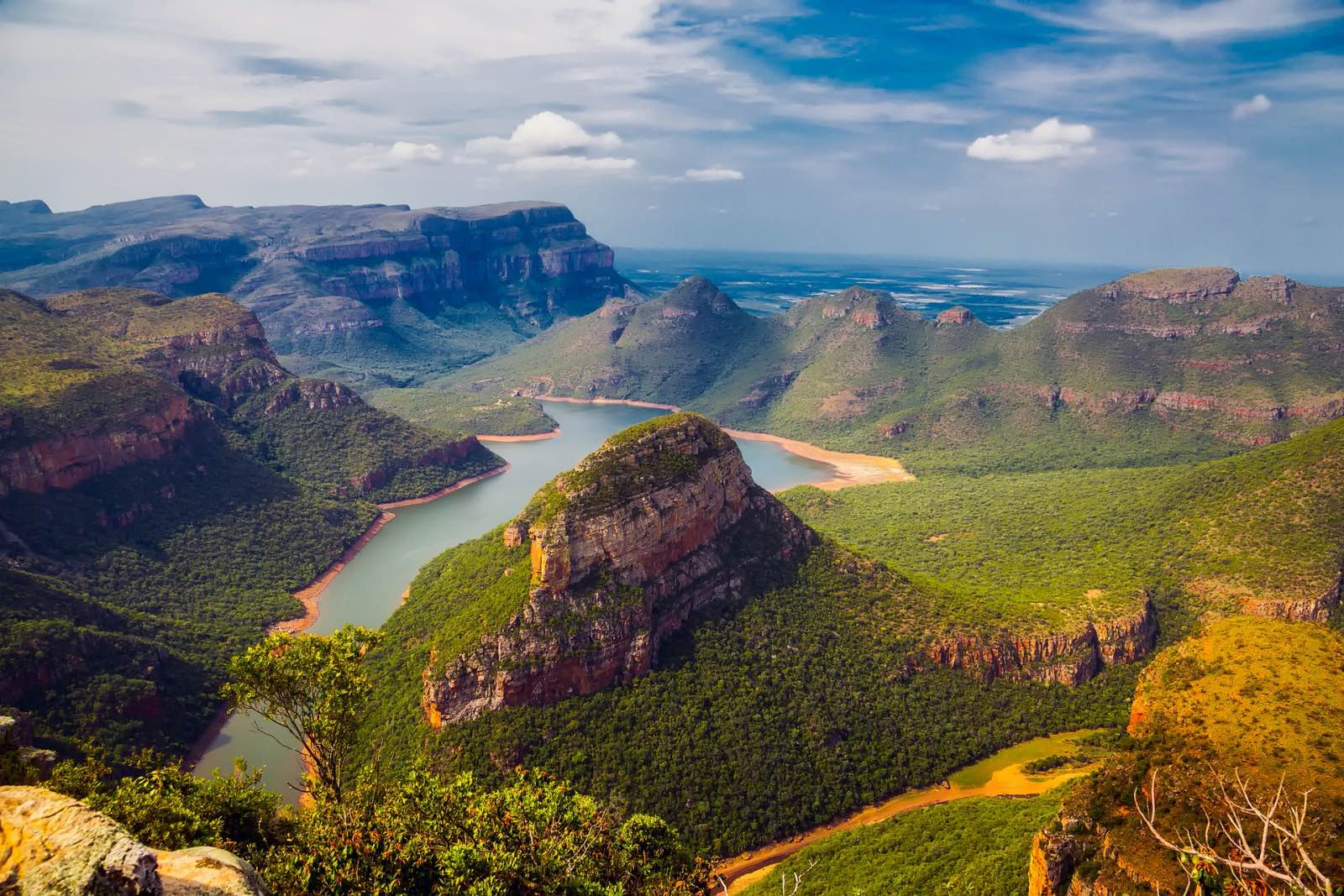
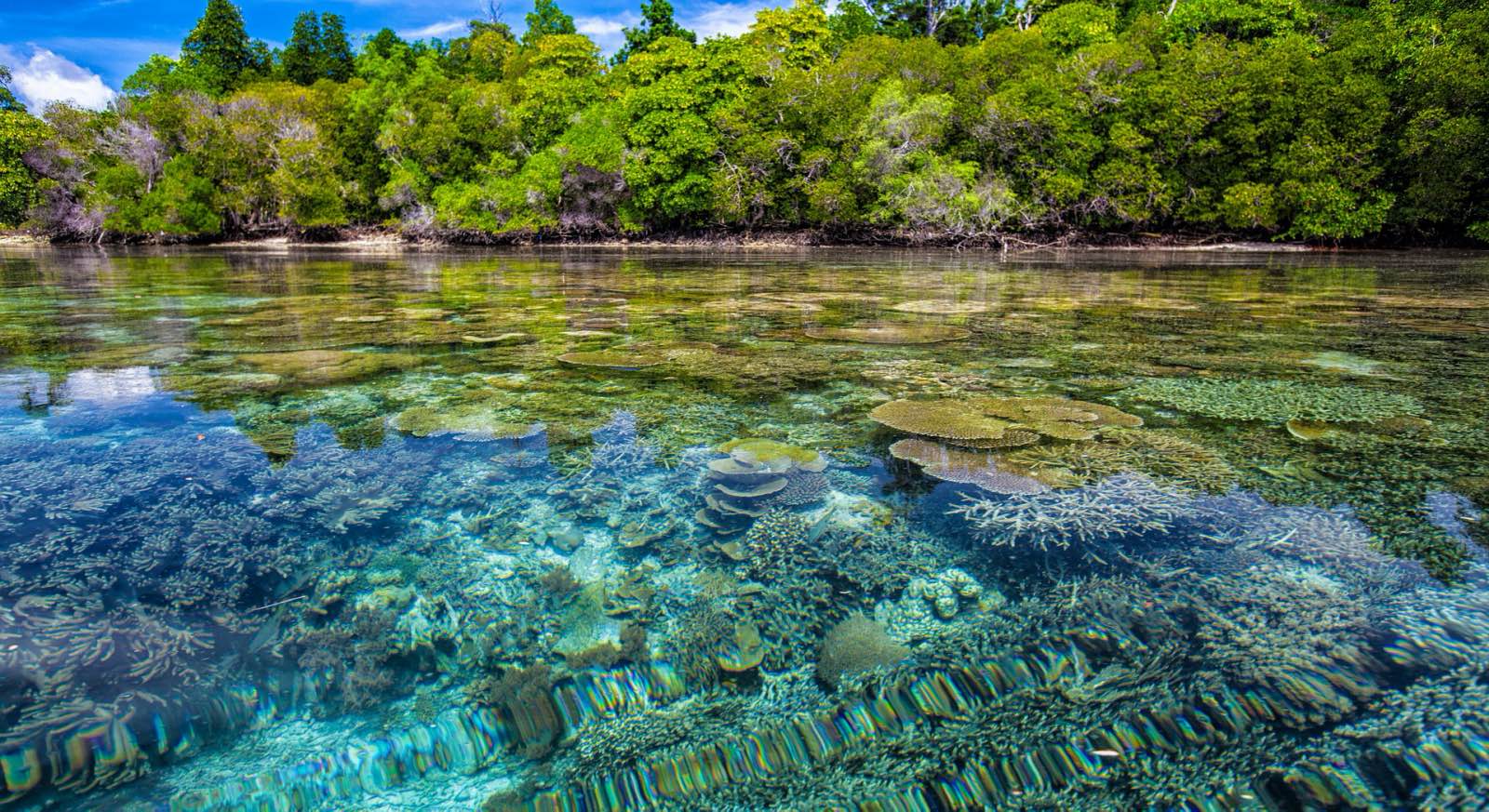
Our biologically diverse country is surrounded by two oceans – Atlantic and Indian – and occupies only about 2% of the world’s land area, while it hosts an impressive 10% of the world’s plants, 7% of the reptiles, birds and mammals, and 15% of coastal marine species. While we’re talking numbers, wrap your head around 850 species of birds, and 300 species of mammals occurring across our landscape. We can also boast about our nine different biomes, three of which have been declared global biodiversity hotspots: the Cape Floristic Region, Succulent Karoo, and parts of the Maputaland-Pondoland-Albany. The Eastern Cape of South Africa is one of the world’s top 10 coral reef hotspots, while the Cape Fold Belt is an important freshwater ecoregion.
What animals are endemic to South Africa?
A few famous examples of animals endemic to South Africa include the Cape grysbok, bontebok, and riverine rabbit in the mammals category; the Cape sugarbird, Cape parrot and Cape rockjumper for birds; the geometric tortoise and Knysna dwarf chameleon as endemic reptiles; and the Table Mountain ghost frog as one of our endemic amphibians. The list goes on with plenty of insects, invertebrates, fish, and of course endemic plants. Take a look at a more in depth list of unique species and genera in South Africa here.
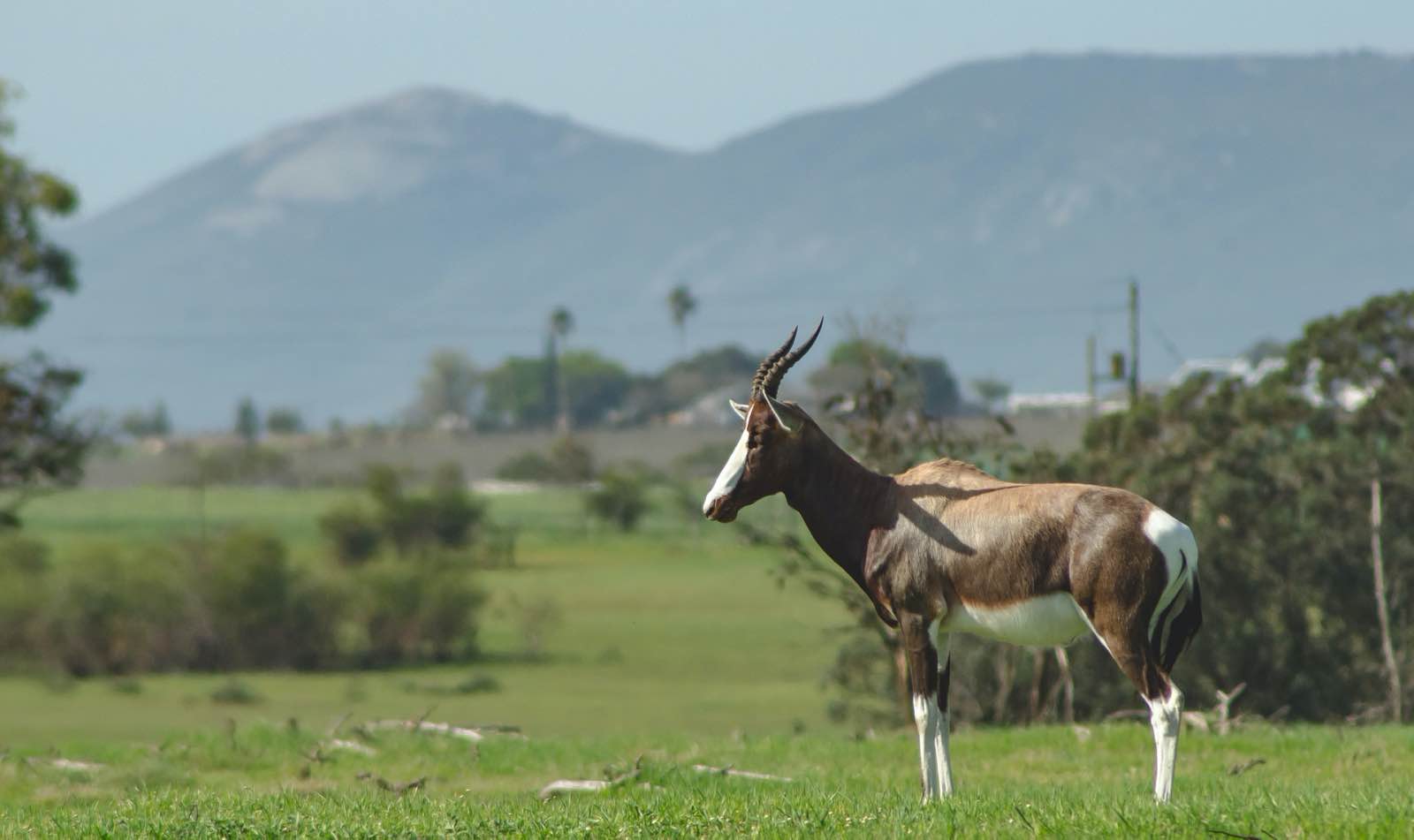
Urgency to protect this unique biodiversity
This climb in the ranking to third place comes after the declaration of 20 new Marine Protected Areas in South Africa, which will now protect 90% of the country’s marine habitat species. This, of course, is good news as it is an indication of the steps being taken by government to keep these sensitive and globally significant ecosystems safe from unsustainable overfishing, unethical recreation, and poaching among other things. The Minister of Environment, Forestry and Fisheries, Barbara Creecy said:
“In terms of government priorities, these ocean parks will not only protect our rich marine biodiversity but will also contribute to the sustainability of our fisheries and our fishing industry – a perfect example of sustainable development, evidence-based policy-making, and a valuable outcome of the Operation Phakisa: Oceans Economy initiative.”
Paige Gehren, director of the Isibindi Foundation, also spoke about the strides South Africa is taking to protect its special biodiversity and particularly how that pertains to tourism that engages local people and communities:
“With the unfolding of global responsible and purposeful tourism, comes the realisation that protecting biodiversity includes uplifting neighbouring communities and harvesting these resources. Our tourists can play a pivotal role in responsible tourism. For example, we have introduced an Isibindi Foundation levy per bed per night. These funds will be used in this vital partnership of communities and conservation, building human fences protecting our precious biodiversity.”
Unfortunately, as is the case across the world, our celebrated biodiversity is under threat and these moves being made to protect the globally unique and significant fauna and flora risks being too little too late. Some of the threats we need to be concerned about include ecosystem destruction, which results in species extinction, climate change, and the dangerous invasion of alien species.
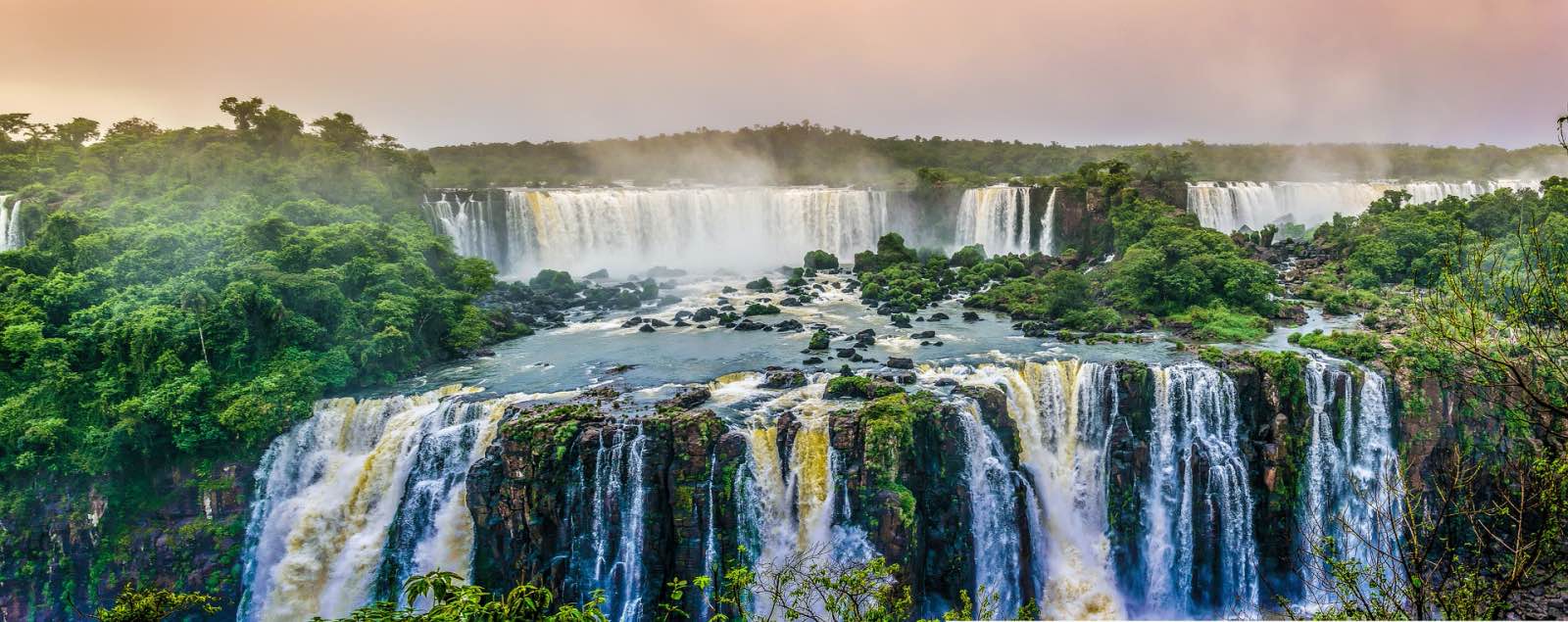
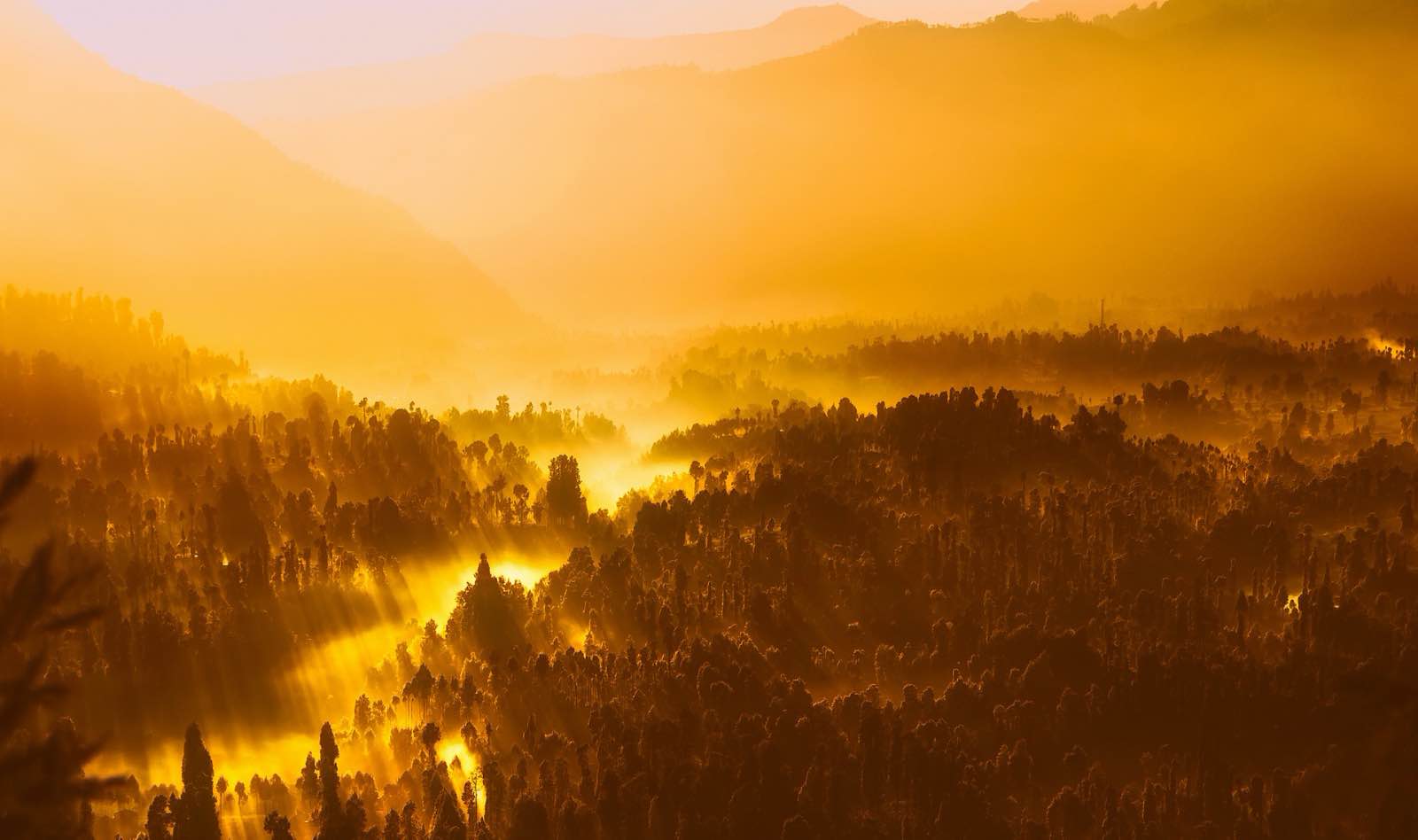
Countries with the lowest Environmental Performance Index
So much of nature’s ill health can be related to poverty, civil conflict, and lack of clean water, and unfortunately that means that many of Africa’s ecosystems are threatened. In fact, the 2016 Environmental Performance Index, which ranked 180 countries according to their performance in safeguarding ecosystems, placed eight of the bottom 10 countries in Africa. The four countries being the least responsible in terms of “clean acts” are Niger, Eritrea, Somalia, and Madagascar. Tragically, Madagascar is also ranked in the top 10 of the world’s most biodiverse places with huge percentages of unique, endemic plant and animal life.
Countries with the highest Environmental Performance Index
Finland, Iceland, Sweden, Norway, and Slovenia are the top five in the world in terms of taking action to protect their natural environment.
Other biodiverse countries in the world
In the Americas, Brazil, Colombia, Ecuador, Mexico, Peru, Venezuela and the United States are the highest in terms of biodiversity. In Asia are China, Indonesia, India, Philippines and Malaysia. In Africa are Madagascar, Democratic Republic of Congo and South Africa. And Australia and Papua New Guinea make up the most biodiverse nations in the tropical Pacific. These countries, which only cover 10% of the Earth’s surface put together are home to more than 70% of the planet’s biodiversity. Incredible.


The most biodiverse place on Earth
Corcovado National Park in Costa Rica finds its spot right at the top of the . Corcovado National Park is located in the southwest of Osa Peninsula of Costa Rica and is said to be on the top of the list of ten best national parks in the whole world. According to National Geographic, this park is called “the most intense in the world, biologically speaking.” This speaks to its care of the most extensive forest in the American Pacific and the richness of its habitats which sustain 500 species of trees, 367 species of birds, 140 species of mammals, 117 species of amphibians, and 40 species of fresh-water fish. Impressive!
